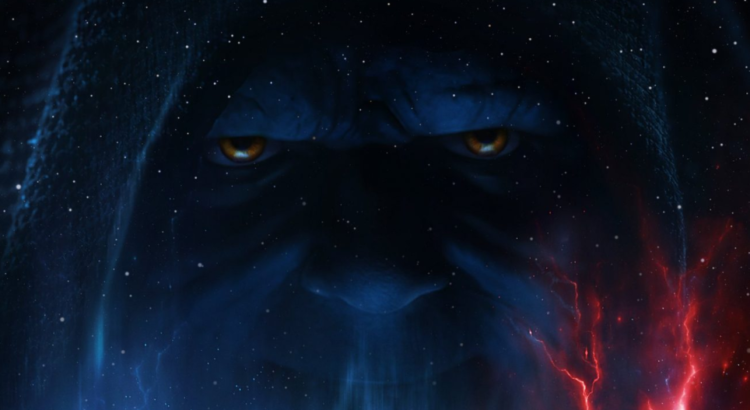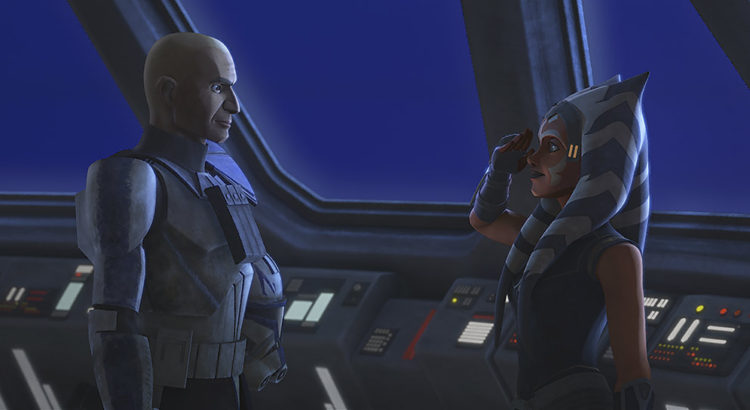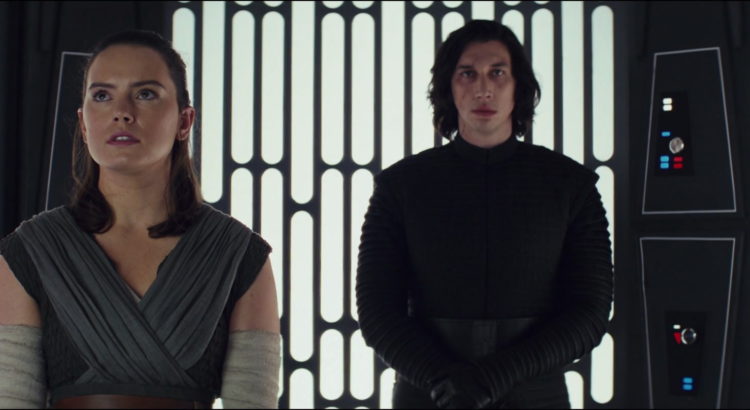Second Look is Eleven-ThirtyEight’s biannual tradition of highlighting some of our most interesting pieces from recent months. Every day this week you’ll find a different older piece back on our front page for another moment in the spotlight. – Mike, EIC
The Rise of Skywalker may not be a film that stands up to much in the way of analysis. A lot of it is fun as you are watching it (even if it’s in an ironic MST3K kind of way), but very quickly falls apart when you step back and think about it for more than a second or two. Still, it does introduce some new ideas relating to the Force that are worth looking at in the context of previous entries in the saga, particularly those related to healing, resurrection and immortality.
In The Path to Immortality parts one and two, I looked at the Sith quest for eternal life as established in Revenge of the Sith, how it arose from selfish instincts and was tied to extending the life of the physical, biological body. Anakin’s desperate attempts to save Padmé at the expense of everything else drew him to this power, and to the dark side. This idea is contrasted in Lucas’s Star Wars with the Jedi path to immortality, which involves letting go of the physical realm and becoming one with the Force, a process that involves compassion, selflessness and sacrifice.
The Force healing abilities introduced in TROS, used by Rey, at first glance seem closer to the Darth Plagueis model of eternal life, but there’s a crucial difference, one that keeps TROS consistent with the themes and messages of Star Wars as established so far.





